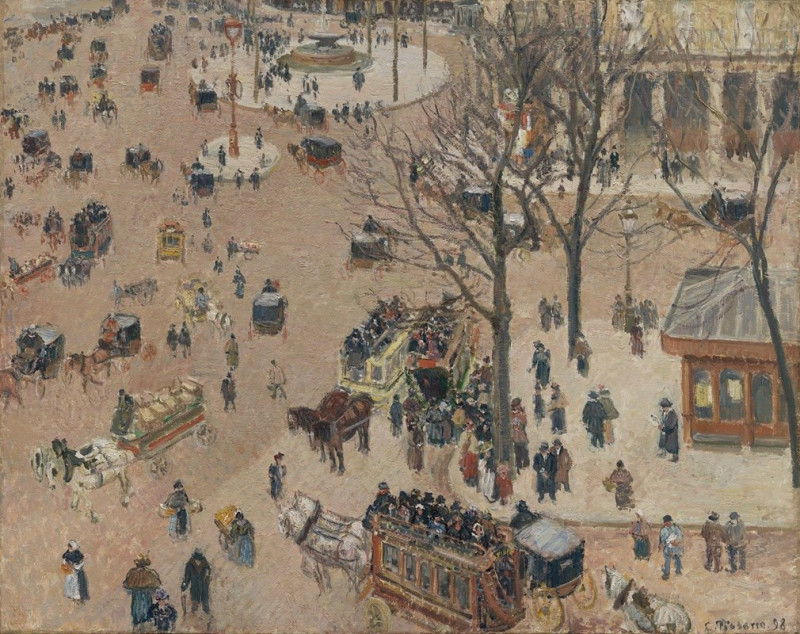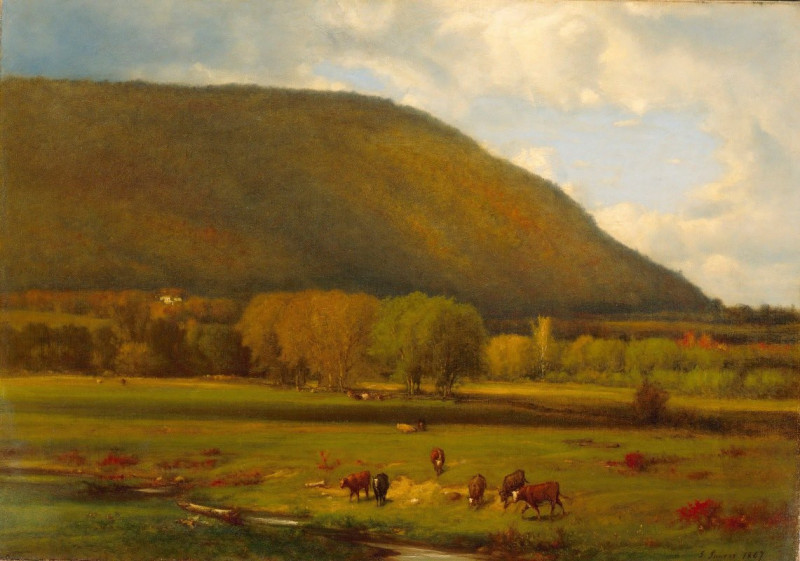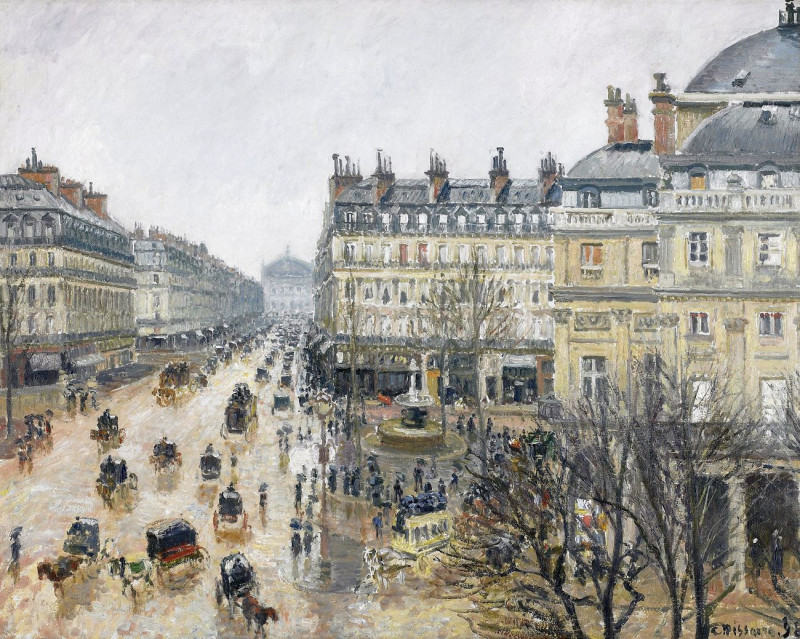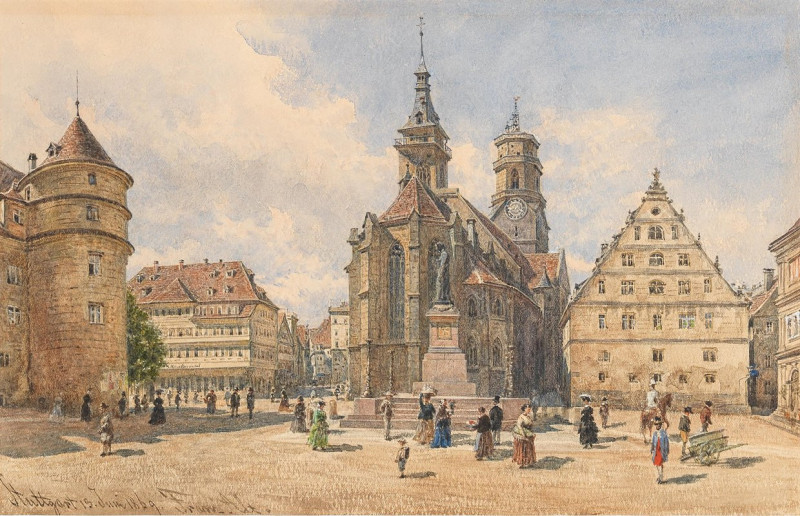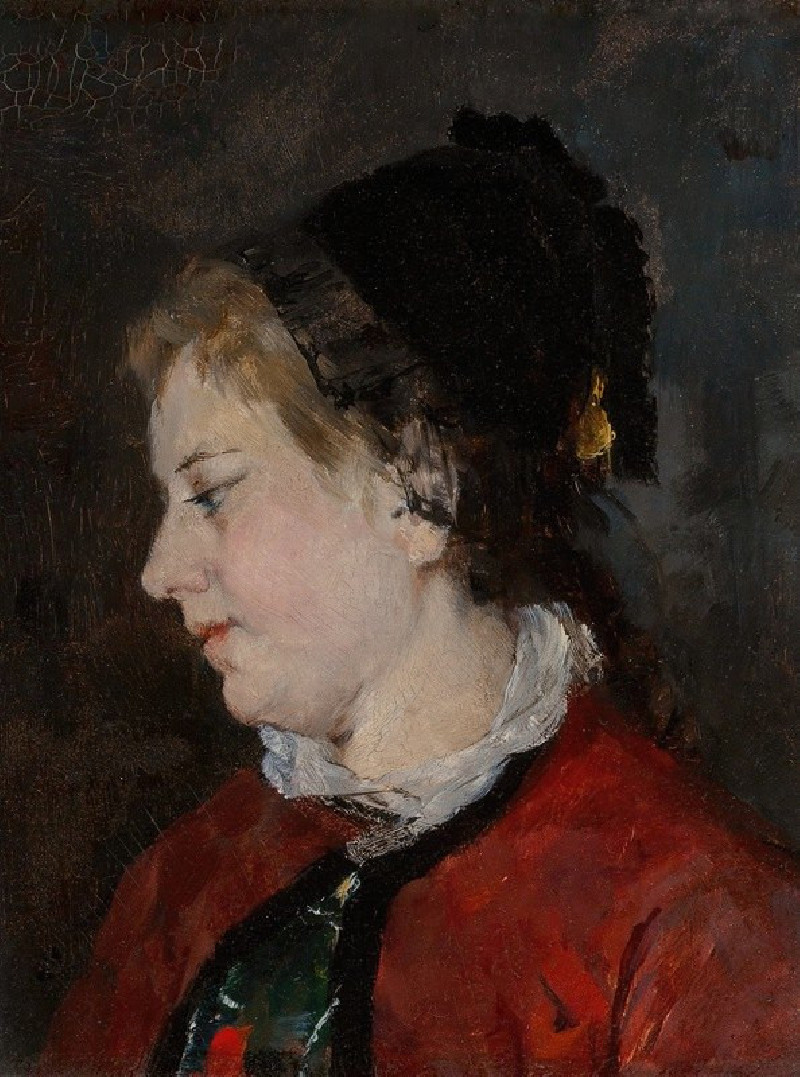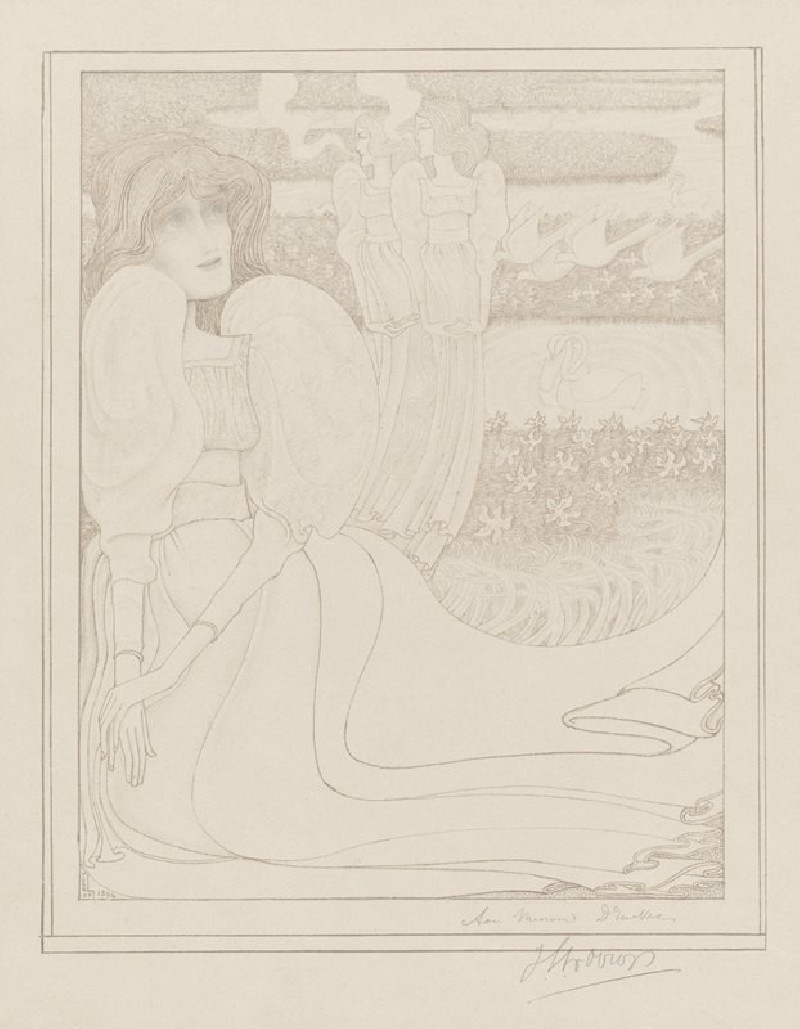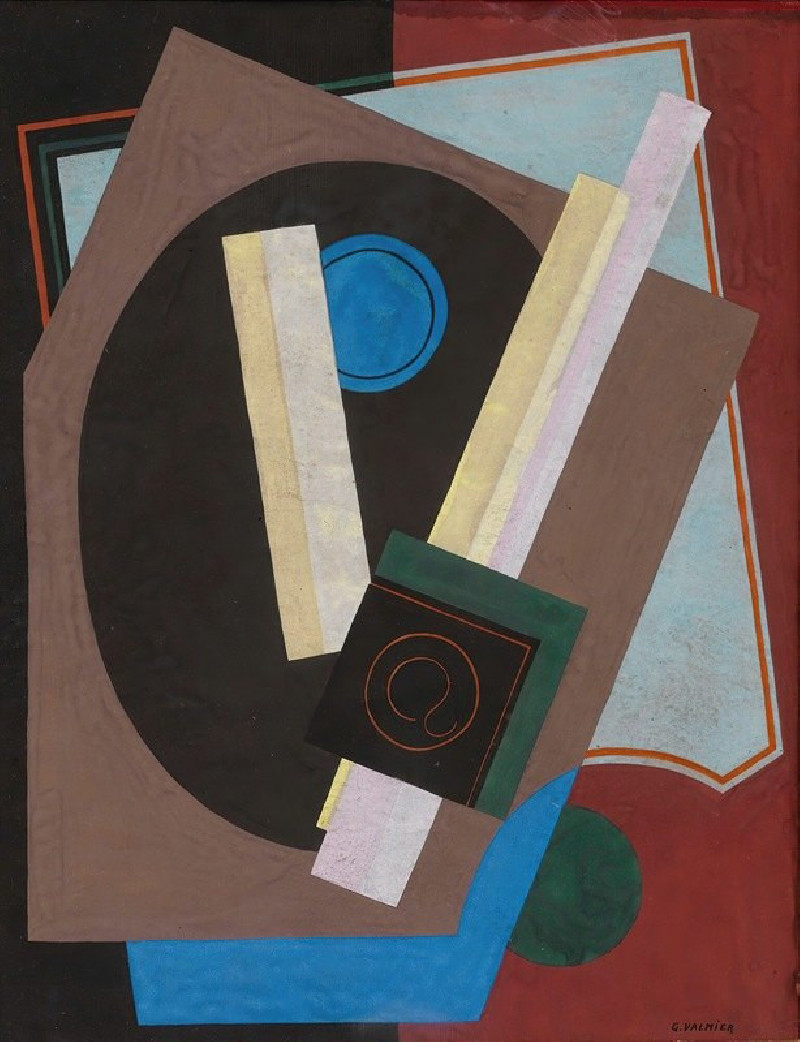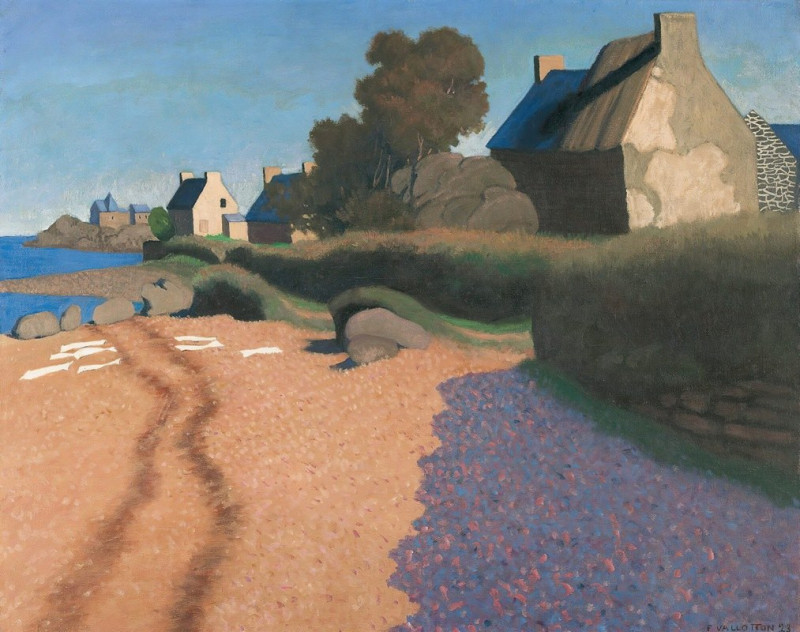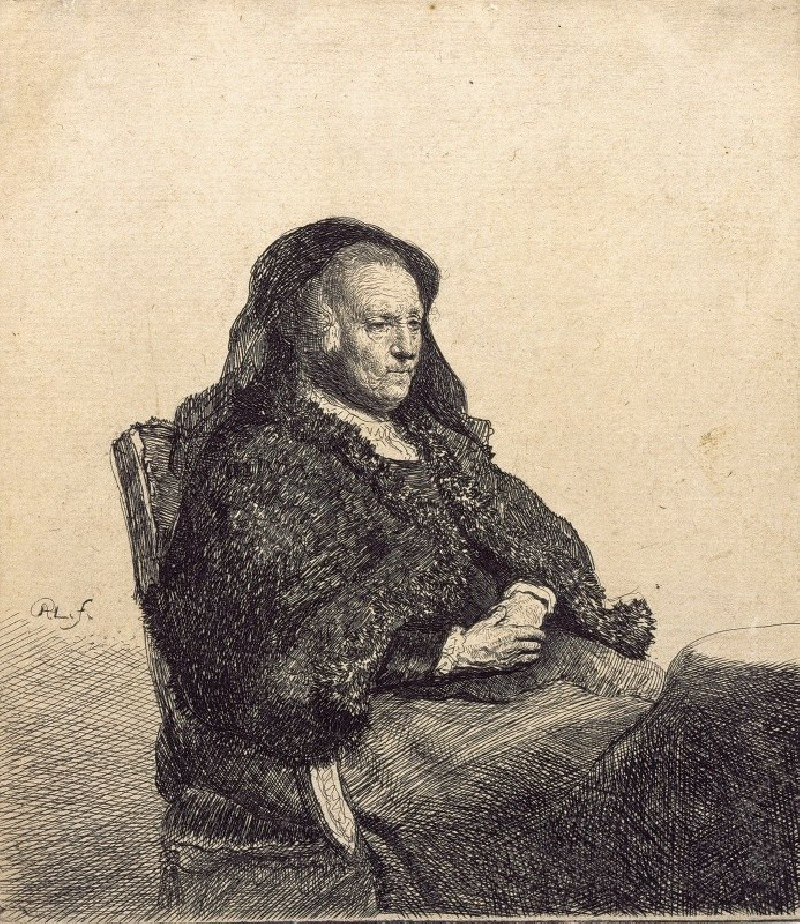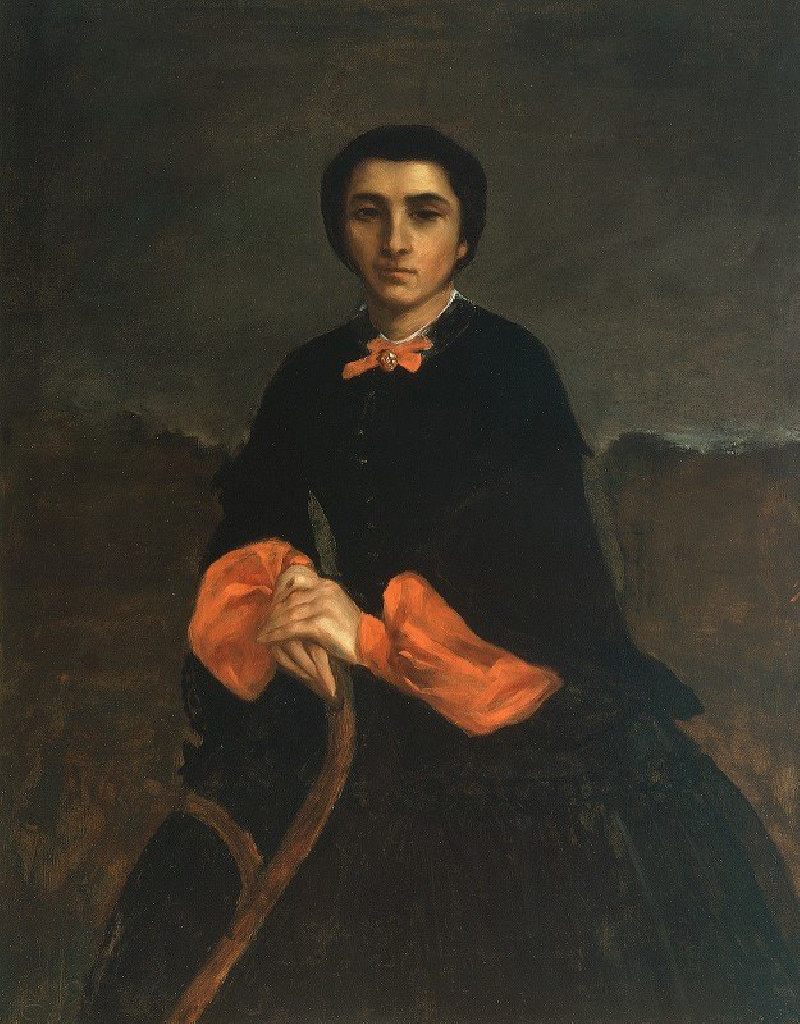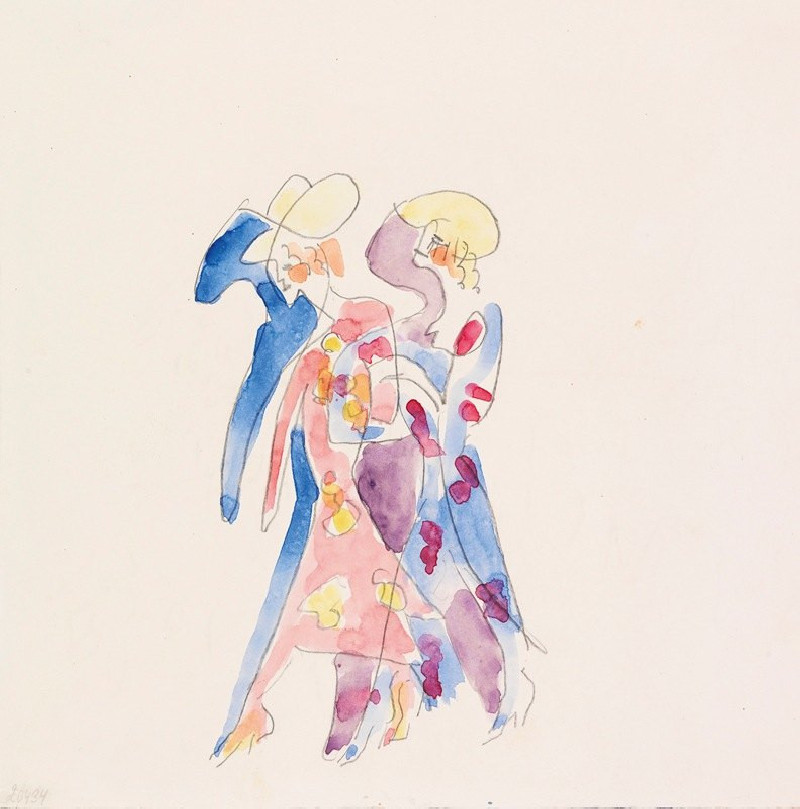La Place du Théâtre Français (1898)
Technique: Giclée quality print
Recommended by our customers
More about this artwork
We are delighted to feature on our website the painting "La Place du Théâtre Français," created in 1898 by the esteemed Impressionist painter Camille Pissarro. This captivating work provides a vivid urban scene seen from an elevated viewpoint, capturing the bustling vitality of Parisian life at the close of the 19th century.The painting portrays the famous Place du Théâtre Français, now known as Place André-Malraux, located in the heart of Paris. It skillfully depicts a cold, bustling day with scattered patches of snow hinting at the winter season. The square is alive with activity; elegantly dressed Parisians and uniformed drivers populate the scene, moving among horse-drawn carriages and omnibuses. These figures, though rendered in quick, loose brushstrokes, pulse with energy and movement, characteristic of Pissarro's style.Pissarro's work is a masterful example of Impressionism, notable for its use of color and light to evoke the atmosphere of the scene. The artist's choice of a high vantage point allows the viewer to take in the wide array of details and activities, from casual strollers to busy carriages, providing a comprehensive snapshot of the social life during this period.The painting not only serves as an artistic representation but also as a historical document, reflecting the dynamics and aesthetics of urban life at the turn of the century in Paris.
Delivery
Returns
Blessed are they who see beautiful things in humble places where other people see nothing. — Camille Pissarro
Camille Pissarro (1830-1903) was born on St.Thomas (now the US Virgin Islands) to a Portuguese father and a Dominican mother. He went to Paris to study art at Ecole des Beaux-Arts. He was an early pioneer of pointillism and neo-impressionism and later became a mentor of many famous impressionist painters including Cezanne, Manet, Renoir, and Gauguin. His paintings depicted rural and urban French landscapes and lifestyle. Many of his works politically captured images of peasants and laborers. Today, he is considered the father of impressionism.

